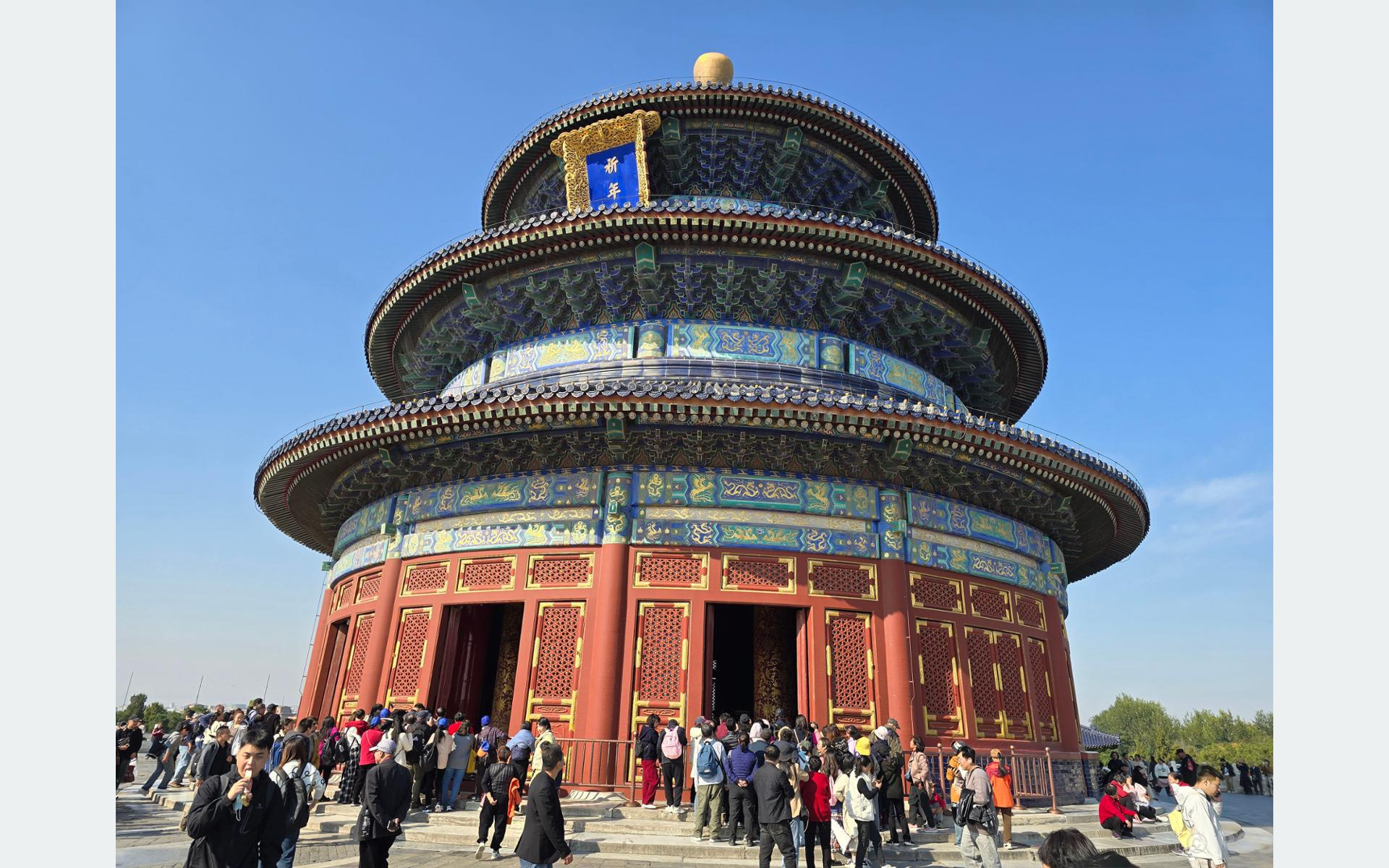The Temple of Heaven, located in the southeastern part of Beijing, China’s capital, stands as one of the most revered historical sites in the country. Known as the “Temple of Heaven,” this architectural masterpiece is deeply rooted in China’s cultural and spiritual history. Designated as a UNESCO World Heritage Site, the temple attracts thousands of domestic and international tourists every year who come to witness its grandeur and historical significance.
The Temple of Heaven, originally built during the Ming Dynasty in the 15th century, served as a ceremonial site where emperors would pray for good harvests and divine blessings. The temple’s design, reflecting ancient Chinese cosmology, symbolizes the harmony between heaven and earth. It consists of several structures, including the iconic circular Hall of Prayer for Good Harvests, a wooden building that stands without the support of nails.
Visitors to the Temple of Heaven are mesmerized by the intricate details of the architecture, the vast surrounding park, and the profound historical importance it holds. The temple complex covers an area of about 2.7 million square meters and is a popular spot for tourists looking to explore Beijing’s cultural heritage. In addition to sightseeing, visitors can also experience traditional Chinese practices, such as tai chi, often performed by locals in the temple’s expansive park.
As a UNESCO World Heritage Site, the Temple of Heaven has become a prominent symbol of China’s rich history and draws tourists from around the world, making it a must-visit destination for anyone traveling to Beijing. The temple not only represents an architectural marvel but also offers a unique glimpse into China’s ancient rituals and the emperors’ reverence for divine powers.
Source: RSS






